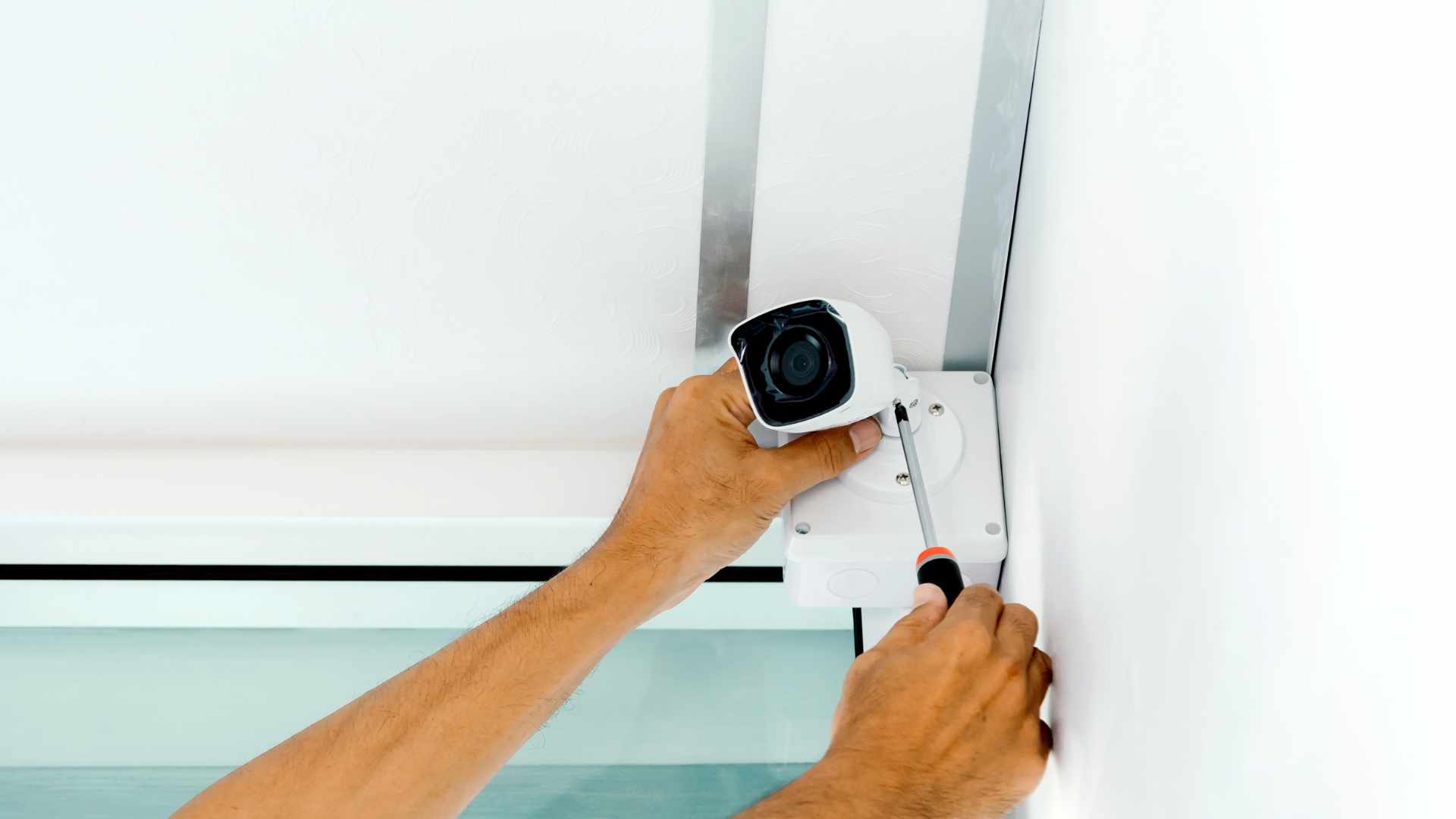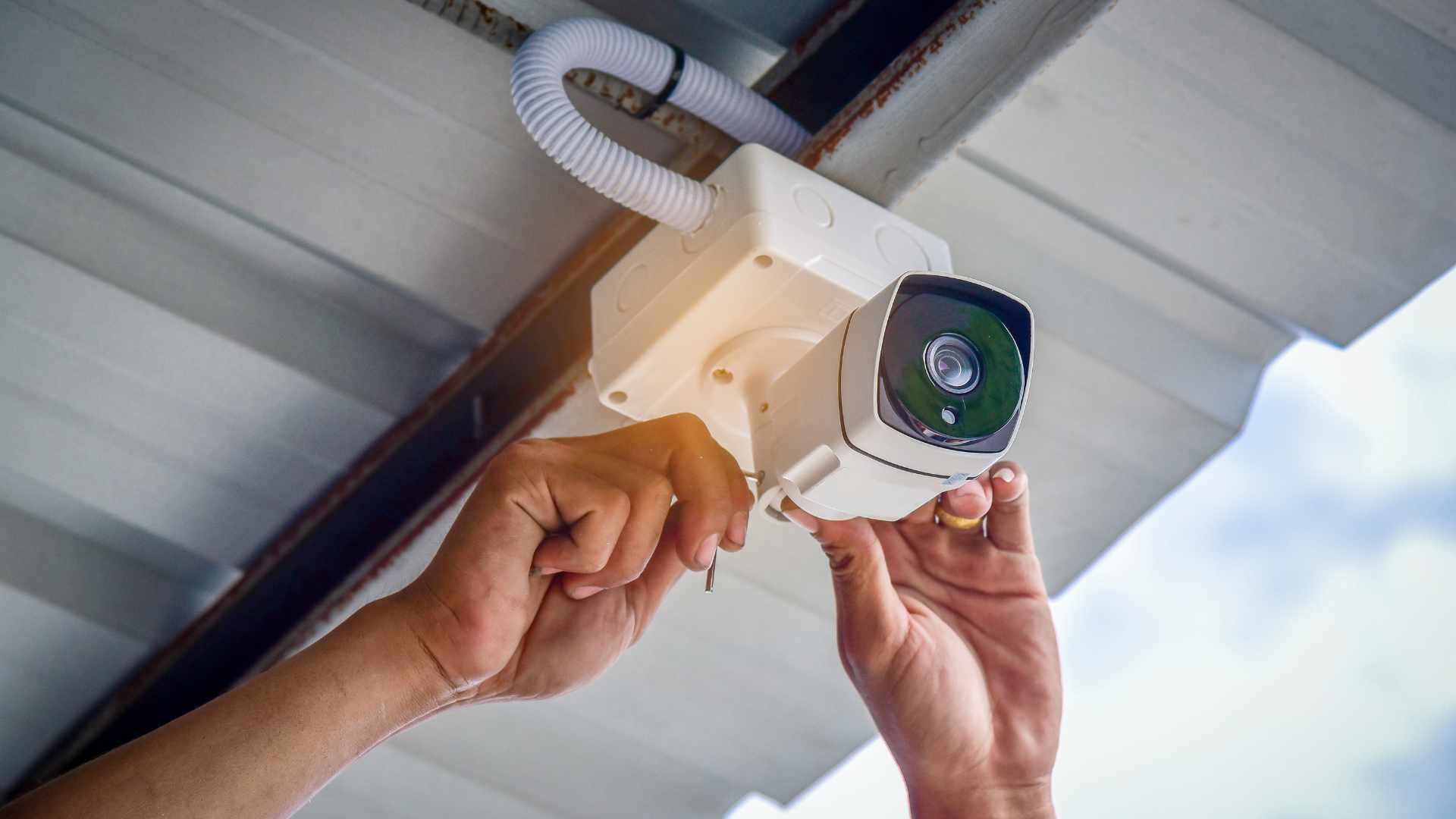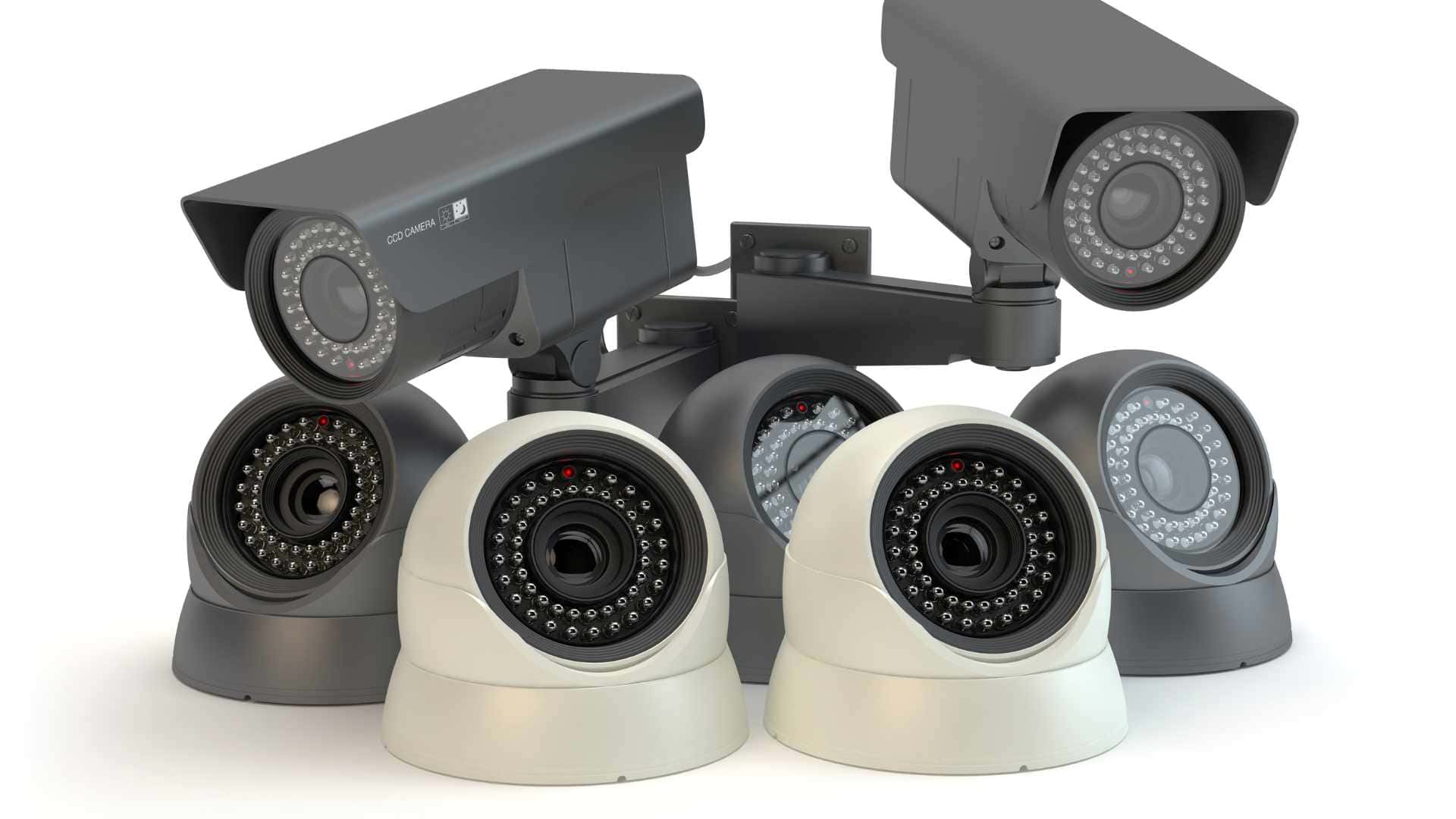When considering the security of a property, installing an access control system is a crucial investment. Access control systems regulate who can enter or exit different areas within a building, providing enhanced security and operational efficiency. However, one of the primary questions for property owners and managers is, “How much does access control installation cost?” The answer to this question depends on various factors, including the type of system chosen, the scale of the installation, and additional features or integrations that may be required.
The cost of access control installation can vary widely based on the complexity and sophistication of the system. Basic systems, such as keycard or keypad entry, may have lower upfront costs compared to more advanced options like biometric scanners or mobile-based access. Additionally, the size of the property and the number of entry points needing control can significantly impact the total cost. For instance, a small office with a single entry might require a simple setup, whereas a large commercial complex with multiple access points and restricted areas will need a more comprehensive solution.
Moreover, there are ongoing costs to consider beyond the initial installation. These can include regular maintenance, software updates, and potential future upgrades to keep the system secure and efficient. It’s also important to factor in the cost of integrating the access control system with existing security infrastructure, such as surveillance cameras or alarm systems. By understanding these various cost components, property owners can make more informed decisions and ensure they choose an access control system that meets both their security needs and budget constraints.
Importance Of Access Control Systems
Access control systems are a critical component of any robust security strategy. They provide a structured method for regulating who or what can view or use resources in a computing environment, thereby reducing the risk of unauthorized access and protecting valuable data and physical assets. This blog explores the multifaceted importance of access control systems, drawing insights from various authoritative sources.
Enhancing Security
- Regulated Access: Access control systems ensure that only authorized individuals can enter restricted areas or access sensitive information, thereby enhancing security.
- Credential Verification: These systems often use key cards, biometric data, or mobile credentials to verify identities, replacing traditional lock-and-key mechanisms that are less secure and harder to manage.
- Minimized Risk: By limiting access to sensitive areas and information, businesses can significantly reduce the risk of data breaches and unauthorized intrusions.
Efficient Access Management
- Simplified Management: Modern access control systems allow for easy management of user permissions. Security personnel can quickly update access rights, ensuring that only current employees have access to necessary areas.
- Granular Control: These systems enable granular control over who can access different areas or data, allowing for tailored access levels based on individual roles or privileges.
- Remote Monitoring: Cloud-based access control systems offer the advantage of remote monitoring and management, providing flexibility and enhancing operational efficiency.
Integration and Data Utilization
- System Integration: Access control systems can be integrated with other security measures such as video surveillance and intrusion detection, providing a comprehensive security solution.
- Data Collection: These systems log all access events, which can be invaluable for auditing, identifying potential security incidents, and ensuring compliance with regulatory requirements.
- Resource Management: Access data can help in optimizing the use of facilities by providing insights into occupancy patterns, which can be used to manage heating, lighting, and ventilation more efficiently.
Business Benefits
- Compliance: Implementing access control systems helps businesses comply with data protection laws and industry regulations, ensuring that sensitive information is adequately protected.
- Incident Deterrence: The presence of access control systems acts as a deterrent to unauthorized access and potential malicious activities.
- Enhanced Productivity: By streamlining access management, businesses can ensure that employees can focus on their work without unnecessary interruptions.
Practical Implementation
- Physical and Logical Access Control: These systems can manage both physical access to buildings and logical access to networks and data. This dual capability is crucial for comprehensive security.
- Access Control Models: Various models such as mandatory access control (MAC), discretionary access control (DAC), and role-based access control (RBAC) provide flexible and robust frameworks for managing access.
- Technology and Tools: Modern access control systems incorporate advanced technologies like multi-factor authentication (MFA) and integrate with identity and access management (IAM) tools for enhanced security.
Challenges and Solutions
- Distributed IT Environments: Managing access control in dynamic IT environments, which may include both on-premises and cloud services, can be challenging. Unified access management solutions are essential to address these complexities.
- User Experience: Ensuring that access control systems are user-friendly is critical to their effectiveness. Complicated systems may lead to user errors or circumvention, creating security vulnerabilities.
Access control systems are indispensable for securing both physical and digital assets. By regulating access, integrating with other security systems, and providing valuable data insights, these systems not only protect sensitive information but also enhance overall operational efficiency and compliance. Implementing robust access control measures is essential for any business aiming to safeguard its resources and ensure a secure working environment.
Factors Influencing Access Control Installation Costs
Access control systems are essential for securing premises, offering sophisticated means of regulating entry and ensuring the safety of assets and individuals. However, the cost of installing these systems can vary significantly based on several factors. This blog delves into the key elements influencing access control installation costs to help businesses and individuals make informed decisions.
1. Type of Access Control System
- Keypad Access Control: Affordable and commonly used, with costs ranging from $500 to $1,800 per door.
- Smartphone Access Control: Modern and convenient, typically costing $700 to $2,500 per door.
- Key Card or Key Fob Systems: Reliable and straightforward, with prices between $600 and $4,000 per door.
- Biometric Access Control: Advanced and secure, ranging from $1,500 to $10,000 per door, depending on the technology (fingerprint, facial recognition, etc.).
2. Number of Entry Points
The more doors or entry points that need securing, the higher the overall cost. Each access point requires its own set of hardware and installation, contributing to the total expense.
3. System Complexity
- Basic Systems: Lower costs due to straightforward functionalities.
- Advanced Systems: Higher costs associated with integration with other security measures, such as surveillance cameras and alarms.
4. Installation Labor
The cost of professional installation varies based on the complexity of the system and the expertise required. Investing in skilled technicians ensures secure and reliable system setup.
5. Type of Credentials
The choice of access credentials (key cards, PIN codes, biometrics, smartphone access) affects installation costs. More advanced credentials like biometrics require intricate setup and thus, higher labor costs.
6. Integration with Other Systems
Integrating the access control system with other security or building management systems can introduce additional costs. This integration enhances security but requires compatibility assessments, additional equipment, and specialized expertise.
7. Maintenance and Support
Ongoing maintenance and support are crucial for the long-term functionality of access control systems. Regular updates, troubleshooting, and technical support add to the total cost of ownership.
8. Customization and Scalability
Customized solutions tailored to specific needs can increase initial costs but ensure the system meets the exact security requirements. Scalability options for future expansion also impact costs.
Additional Cost Considerations
Licensing Fees
Many access control systems require periodic software licensing renewals to remain functional and updated. These recurrent expenses vary based on system complexity and brand.
Electrical Upgrades
Advanced systems might necessitate electrical upgrades to support their functionalities. These upgrades add to the overall installation cost.
Materials and Labor
The choice of materials (cabling, controllers, readers) and labor costs based on regional rates and installation complexity significantly influence costs. High-quality materials and skilled labor ensure a durable and efficient setup.
Potential Hidden Costs
- Software Updates: Additional expenses for keeping the software current.
- Training: Costs for training employees and security personnel to operate the system.
- Replacement Cards/Fobs: Ongoing expenses for replacing lost or worn-out credentials.
- Battery Replacements: Periodic costs for wireless system components.
- Emergency Repairs: Unexpected repairs can incur premium charges.
Return on Investment (ROI)
Investing in a robust access control system may seem expensive initially, but the long-term benefits include enhanced security, reduced risk of theft or unauthorized entries, and potential insurance premium reductions. A well-maintained system offers peace of mind, boosts productivity, and provides a secure environment.
The cost of installing an access control system is influenced by various factors, including the type of system, number of entry points, system complexity, and ongoing maintenance. Understanding these factors helps in making informed decisions and ensuring a balance between security needs and budget constraints. Investing in a suitable access control system is a strategic move towards safeguarding assets and individuals in any setting.
Access control installation costs vary widely based on system type, complexity, and additional features. Investing in a tailored solution ensures enhanced security and long-term benefits, making it a worthwhile expenditure for businesses and individuals alike.
Conclusion
Installing an access control system is a crucial investment for enhancing property security and operational efficiency. The costs associated with access control systems vary widely, influenced by the type of system, the scale of installation, and additional features or integrations required. Basic systems like keycard or keypad entry are generally less expensive, while advanced options such as biometric scanners or mobile-based access systems have higher upfront costs.
Factors such as the number of entry points, system complexity, installation labor, and the type of credentials used significantly impact the total cost. Additionally, ongoing expenses for maintenance, software updates, and potential future upgrades must be considered. Integrating the access control system with existing security infrastructure and ensuring compatibility adds to the overall cost but enhances security.
Understanding these various cost components enables property owners to make informed decisions, ensuring they select an access control system that meets their security needs and budget constraints. Despite the initial investment, the long-term benefits of a robust access control system, including enhanced security, reduced risk of unauthorized access, and potential insurance savings, make it a worthwhile expenditure for safeguarding assets and individuals.
FAQs About Access Control System
What Is Access Control?
Access control is a security process that determines who is allowed to access specific resources, such as data, systems, or physical locations. It involves authentication (verifying a user’s identity) and authorization (determining what resources the user can access).
Why Do You Need An Access Control System?
An access control system is essential for protecting sensitive areas and information. It helps prevent unauthorized access, protects valuable assets, and ensures compliance with regulatory requirements.
How Does Access Control Work?
Access control works by requiring users to provide credentials, such as passwords, key cards, or biometric data, to gain entry to a secured area or resource. These credentials are verified by an access control system, which grants or denies access based on predefined policies.
What Are The Primary Types Of Access Control?
The main types of access control are:
- Discretionary Access Control (DAC): Access is granted based on the discretion of the owner or administrator.
- Mandatory Access Control (MAC): Access is strictly regulated by a central authority based on multiple levels of security.
- Role-Based Access Control (RBAC): Access is granted based on the user’s role within the organization.
- Attribute-Based Access Control (ABAC): Access is granted based on attributes (e.g., user characteristics, resource characteristics)
What Kind Of Credentials Can Be Used?
Credentials can range from simple access cards or key fobs to more advanced options like biometric identifiers (fingerprints, retinal scans) and multi-factor authentication (MFA) that combines multiple forms of verification.



